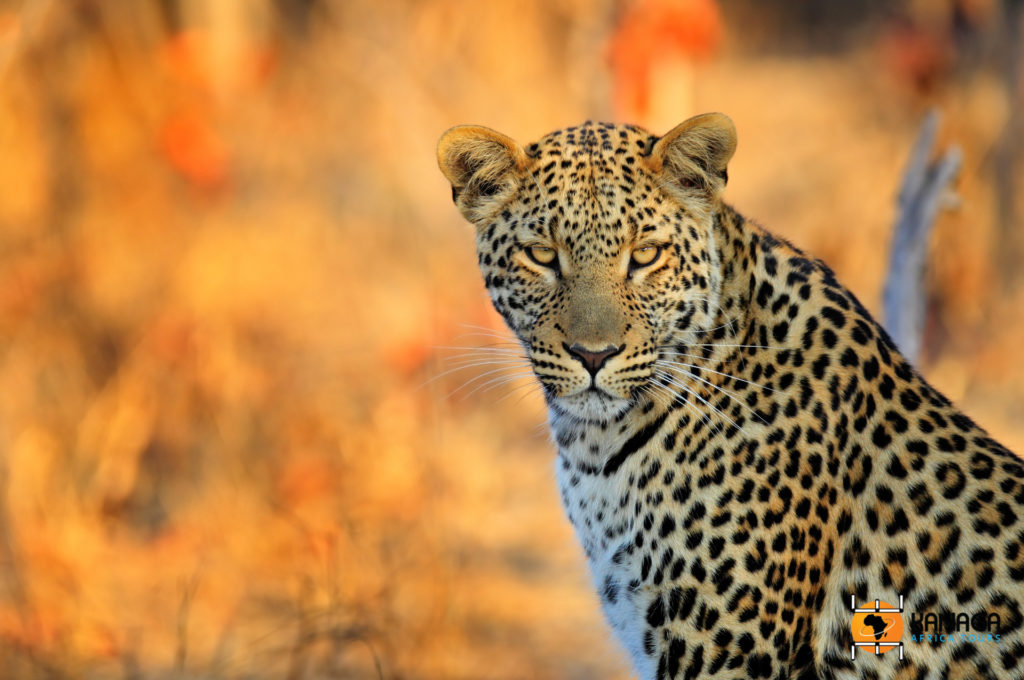If Zimbabwe is the country that offers the magnificent backdrop of the mighty Victoria Falls and the fascinating archaeological mystery of the stone ruins of Great Zimbabwe, it is also the country that can provide the most vivid thrills for adventurous safari enthusiasts, amidst two of the most beautiful and evocative National Parks in the whole of Southern Africa.
In the valley of the mythical Zambezi River, where its waters become placid and calm, lies the Mana Pools National Park, an environmental protection area that miraculously escaped the construction of a dam that would have entirely submerged and annihilated its extraordinary and extremely rich ecosystem forever. On these floodplains, the waters of the river overflow seasonally, forming four main lakes (Mana means ‘four’ in the Shona language), which retreat in the dry season and become little more than four permanent pools, attracting a multitude of wildlife in search of sustenance.
A landscape of incredible beauty, made up of river and water scenery, mahogany forests and ‘sausage trees’, fiery sunsets that fade into the horizon, framed by the profiles of the Great Rift mountains.
The greatest privilege of this extraordinary park is the possibility of discovering it by canoe, letting oneself be silently swept away by the waters, by off-road vehicle according to the classic safari formula, but above all on foot, for an intrepid and genuine ‘walking safari’ under the protection and guidance of expert guides, in close contact with the wildest Africa.
The sightings are incredible and one more exciting than the other, from herds of elephants that gather around the lakes or the banks of the Zambezi, often wading through it in single file to pass from one bank to the other, to the stealthy and alert crocodiles, from families of hippos to an exuberant and colourful avifauna, as well as lions, buffalos and leopards. The opportunities for sightings are endless in this magnificent natural park, which was not surprisingly declared a UNESCO World Heritage Site in 1984.
But the adrenaline-fuelled safari adventure in Zimbabwe does not end at Mana Pools, but continues with great intensity in the wild expanses of the Hwange National Park, a vast area bordering Botswana and Zambia, in what is known as the Okavango-Zambezi Transfrontier Conservation Area, and which also includes part of the Kalahari Desert, ancient land of the San-Boshimani.
The landscapes here are predominantly flat and arid, occupied by sun-drenched savannahs, but where a network of artificial waterholes has allowed for the preservation and repopulation of an impressive amount of wildlife, first and foremost elephants, which often, during the driest periods, are not intimidated at all, pushing their way into the pools of the tourist tented camps, concentrated in the northern region of the park.
Also at Hwange, the apotheosis of a safari is reached on a walking trail, following the tracks of the animals and learning to interpret the signs of nature, finally coming face to face with elephants, buffalos, giraffes and antelopes.
A rich avifauna surrounds the main sightings, while at night the adventure continues by 4×4 in search of shy nocturnal predators such as hyenas, lions, wild cats and leopards.







